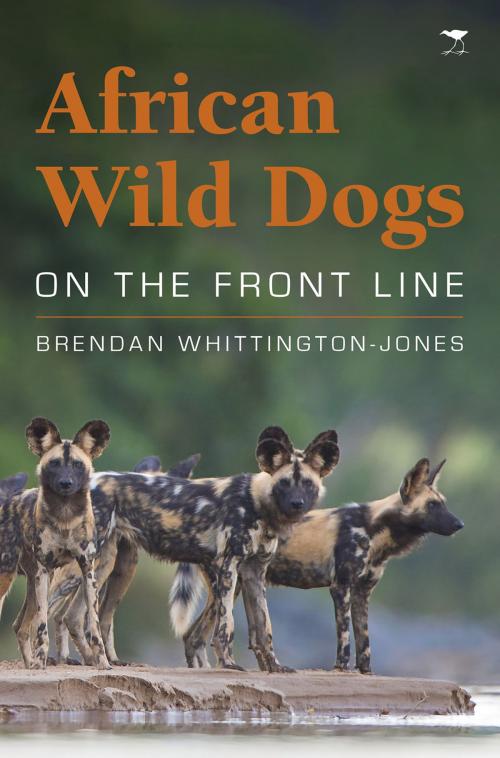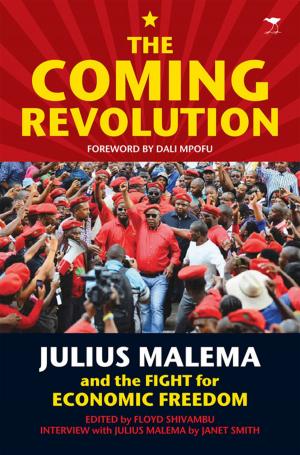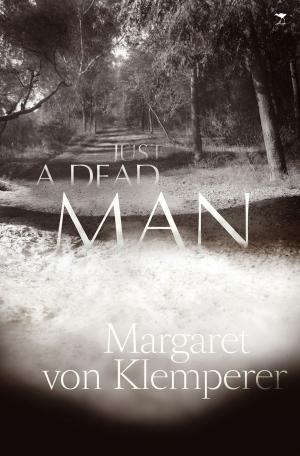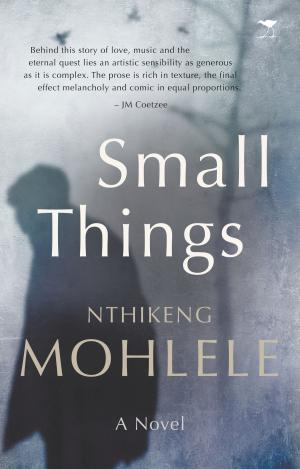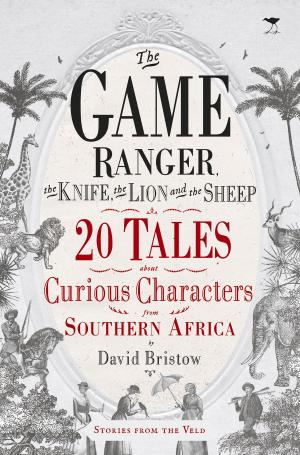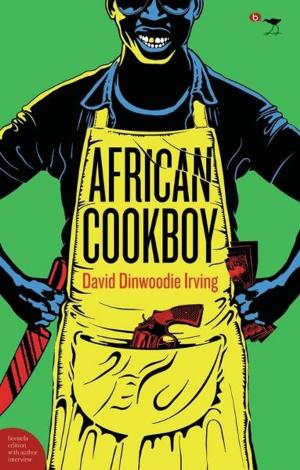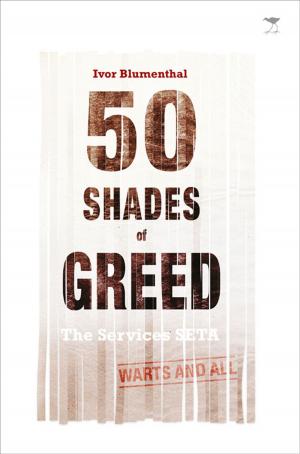African Wild Dogs
On the Front Line
Nonfiction, Science & Nature, Nature, Animals, Wildlife, Reference & Language, Education & Teaching| Author: | Brendan Whittington-Jones | ISBN: | 9781431422180 |
| Publisher: | Jacana Media | Publication: | July 1, 2015 |
| Imprint: | Jacana Media | Language: | English |
| Author: | Brendan Whittington-Jones |
| ISBN: | 9781431422180 |
| Publisher: | Jacana Media |
| Publication: | July 1, 2015 |
| Imprint: | Jacana Media |
| Language: | English |
450 is optimistically the number of free-ranging African wild dogs left in South Africa. The immediate future of this dynamic, endangered, large carnivore is in the hands of a thinly spread, intensely committed network of conservationists, donors, state reserves and progressive landowners. When an opportunity to study wild dogs through the Endangered Wildlife Trust presented itself to Brendan Whittington-Jones in 2007, he arrived in Hluhluwe-iMfolozi Park naïve to the challenges of real wildlife conservation. The next seven years were a flood of lessons in the complexity and fascination of wild dog management, anger management, diplomacy, optimism, as well as being a wild dog travel agent. This book lifts the gloss and illusion off a wedge of carnivore conservation, and reveals a snapshot of characters (human and canid) and organizations that tread the murky waters of trying to ensure the species’ persistence in South Africa.
450 is optimistically the number of free-ranging African wild dogs left in South Africa. The immediate future of this dynamic, endangered, large carnivore is in the hands of a thinly spread, intensely committed network of conservationists, donors, state reserves and progressive landowners. When an opportunity to study wild dogs through the Endangered Wildlife Trust presented itself to Brendan Whittington-Jones in 2007, he arrived in Hluhluwe-iMfolozi Park naïve to the challenges of real wildlife conservation. The next seven years were a flood of lessons in the complexity and fascination of wild dog management, anger management, diplomacy, optimism, as well as being a wild dog travel agent. This book lifts the gloss and illusion off a wedge of carnivore conservation, and reveals a snapshot of characters (human and canid) and organizations that tread the murky waters of trying to ensure the species’ persistence in South Africa.
